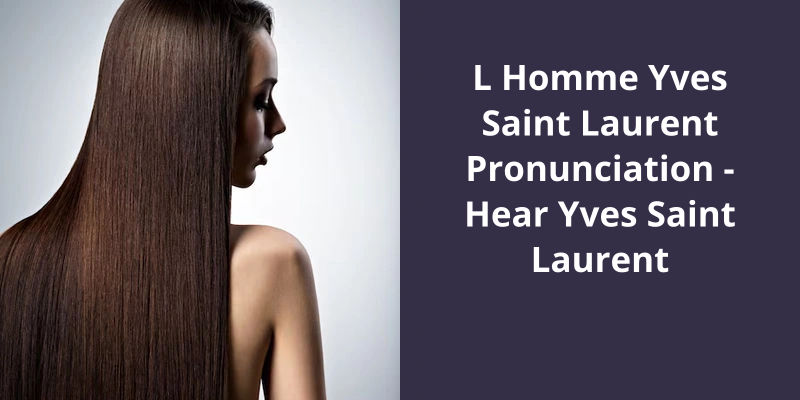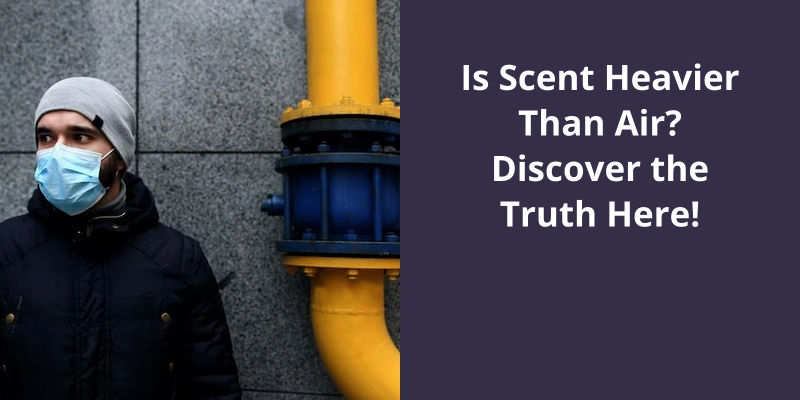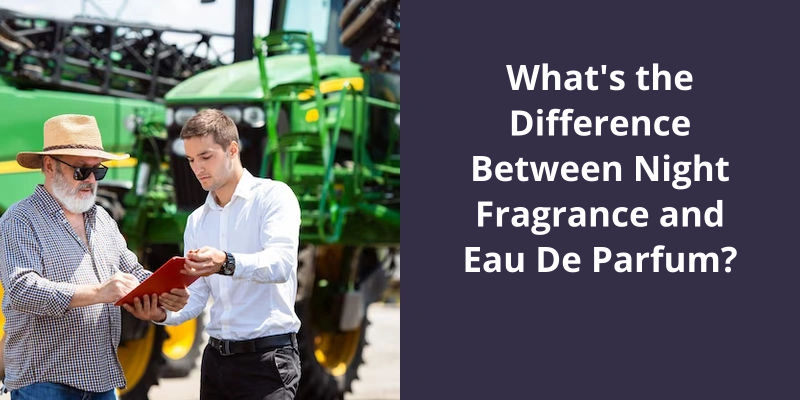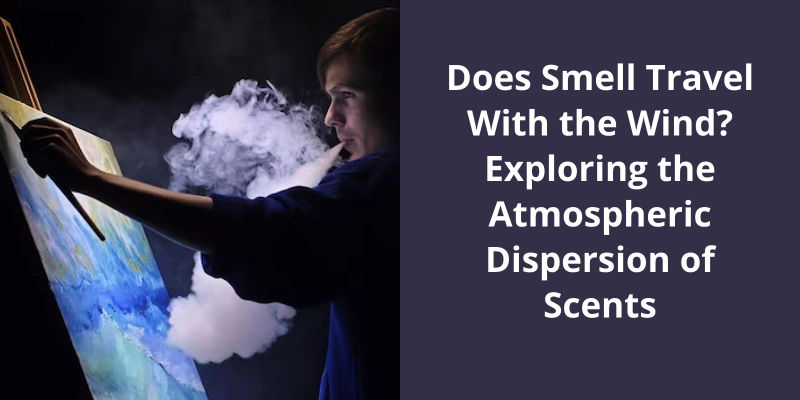The ratio of solvent in perfume can vary greatly but is typically about 50-90% of the total compound. Perfumes generally consist of a blend of essential oils and aroma compounds that make up the fragrance, alcohol which is used as a volatile medium allowing the scent to emanate from your skin, and water. The type and amount of solvent used can affect the potency and longevity of the perfume. On the lower end, softer scents may have about 50% solvent, while stronger perfumes may contain up to 90%. However, these numbers can differ base on the type of the perfume – Eau de Toilette, Eau de Parfum, or pure perfume. To sum up, the ratio of the solvent in perfume is mainly dependent on the desired strength and longevity of the fragrance, and typically ranges from 50 to 90%.
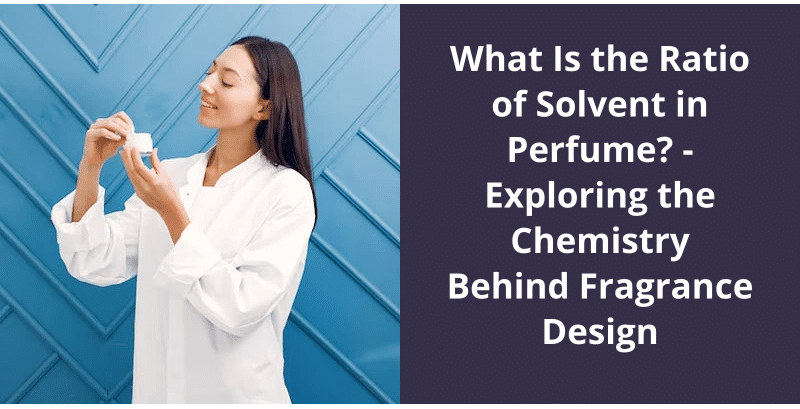
What Is the Main Solvent in Perfume?
The use of alcohol as a solvent in perfume dates back to ancient times, when perfumers would extract fragrances from plants using potions made from fermented grains. Alcohol is highly volatile and evaporates quickly, which makes it an ideal carrier for perfume fragrances.
One of the challenges of using alcohol as the primary perfume solvent is that it can be drying to the skin. This is because alcohol effectively denatures the natural oils on the surface of the skin, which can lead to dryness and irritation over time. However, some perfumers have taken a cue from ancient practices and are experimenting with using other oils, such as jojoba or coconut oil, as primary solvents in their fragrances.
Another advantage of using neutral-smelling oils as perfume solvents is that theyre typically less volatile than alcohol, which means that the fragrance oils they carry will last longer on the skin. Additionally, these oils can be more moisturizing than alcohol, which is refreshing for those who’re looking for a perfume that will both smell good and improve the condition of their skin.
By selecting the right solvent, they can ensure that their fragrance is well-balanced, long-lasting, and doesn’t irritate the skin of their customers.
Understanding the components of perfume is essential in choosing the right fragrance. While many may only focus on the scent, it’s important to know what ingredients make up the perfume. Perfume ingredients are highly concentrated and come in various forms, with different percentages of alcohol and water. Knowing how these components affect the scent, longevity, and overall quality of the perfume can help in making an informed decision when purchasing or creating a fragrance.
What Is Perfume Ingredients With Percentage?
Perfumes have been in use for thousands of years to add a pleasant scent to the body. In ancient times, fragrances were made from natural ingredients like flowers, herbs, and precious oils. With the advancement of technology, scientists started producing synthetic versions of these fragrances. Today’s perfumes are a blend of natural and synthetic ingredients.
The fragrance molecules in perfume oil are dissolved in a solution of 98 percent alcohol and 2 percent water. The alcohol used in perfumes is usually ethanol, a type of alcohol that evaporates quickly and leaves no residue. The water in the solution serves to solubilize the fragrance molecules and help them distribute evenly in the solution.
The rest of the perfume is made up of the alcohol-diluted perfume oil. Depending on the concentration of the perfume, the percentage of oil in the solution can vary. Fragrances are classified by their concentration of perfume oil, which can range from 1 percent for eau de cologne to 40 percent for pure perfume. The concentration of the perfume oil influences it’s longevity and intensity.
Perfume ingredients are carefully chosen to create a unique scent that appeals to the wearer and those around them. Perfumes are often formulated with a top, middle, and base note to create a fragrance that evolves over time. The top note is the initial scent when the perfume is first applied. The middle note becomes noticeable after the top note has evaporated, and the base note is the scent that remains after the perfume has dried down.
The History of Perfume Usage and It’s Cultural Significance in Different Parts of the World
- Perfume has been used for religious ceremonies and rituals in ancient Egypt, Greece, and Rome.
- In the Middle Ages, perfume was primarily used by the wealthy to mask body odors and to signal social status.
- In Islamic culture, perfumes were highly valued and used for purification and hygiene.
- In India, perfumes were used in religious ceremonies and as offerings to the gods.
- During the Renaissance, perfume became an art form and was used to express creativity and individuality.
- In the modern era, perfume has become a cultural symbol of luxury, sophistication, and sensuality.
To create the perfect scent, it’s important to get the right ratio of essential oils and carrier oils or alcohol. The right balance can make the difference between a fragrant delight and an overpowering aroma. In this article, we’ll explore the science behind perfume blending and offer some tips for creating your own signature scent.
What Is the Ratio for Mixing Perfume?
Finding the perfect perfume blend is an art form in and of itself. Many factors need to be taken into consideration, such as the desired scent profile, the intended usage of the fragrance, and the specific essential oils being used. In general, the ratio for mixing perfume is between 15% and 30% essential oil, with carrier oil or alcohol making up the remainder.
When it comes to selecting the essential oils for a perfume blend, it’s important to consider both their scent profile and their therapeutic properties. Some essential oils are known for their calming effects, while others are energizing or uplifting. Mixing the right combination of oils can create a fragrance that not only smells great but also promotes a specific mood or feeling.
It’s important to note that blending essential oils isn’t the same as simply layering them on top of one another. To create a perfume blend, the different oils must be carefully combined and allowed to blend together over time. This process can take anywhere from a few days to several weeks, depending on the specific oils being used and the desired strength of the fragrance.
With a bit of experimentation and an understanding of the science behind fragrance blending, anyone can create their own signature scent.
Different Methods for Blending Essential Oils for Perfume (e.g. Dilution, Layering)
- Dilution
- Layering
- Mixing in carrier oils
- Creating a perfume oil blend
- Using a fragrance fixative
- Cold enfleurage
- Hot enfleurage
- Steam distillation
- CO2 extraction
- Solvent extraction
Source: Essential Oil Blending for Botanical Perfumes
Mixing oil based perfume with alcohol can be a tricky process, but it can result in a longer lasting and more complex scent. One method involves carefully measuring out the alcohol and fragrance oil before shaking them together in the perfume bottle. Follow these steps to achieve a well blended and uniquely personal fragrance.
How Do You Mix Oil Based Perfume With Alcohol?
Oil based perfumes are some of the most exotic fragrances available, but they can be tricky to mix with alcohol. If youre not careful, you could end up ruining the fragrance altogether.
Perfumers alcohol is a high-proof alcohol that’s been specially formulated for use in perfume making. It’s a low odor and evaporates quickly, which makes it perfect for perfumery.
To start mixing your oil based perfume with alcohol, begin by pouring 80ml of perfumers alcohol into a measuring jug. Then, slowly pour the alcohol into the perfume bottle, being careful not to spill or waste any of the precious liquid.
Next, measure 20ml of your fragrance oil and carefully pour that into the perfume bottle. It’s important to measure the oil precisely, as too much or too little can throw off the fragrance balance and impact it’s overall scent quality.
When shaking the bottle, be sure to do so gently and evenly, taking care not to create too many bubbles or foam. This will ensure that the fragrance is mixed properly, without impacting it’s scent quality or overall longevity.
Finally, let the perfume rest for a few hours (or even a few days) before using it. This will give the fragrance time to fully blend and develop it’s optimal scent.
Tips for Choosing the Right Fragrance Oils to Mix With Alcohol
When blending fragrance oils with alcohol, it’s important to choose oils that are specifically designed for this purpose. Look for oils that are labeled as “perfume oils” or “alcohol-compatible,” as they’re formulated to mix well with alcohol. It’s also important to consider the scent profile of the oils, selecting complementary notes that work well together for a pleasant and balanced fragrance. Finally, consider the concentration of the fragrance oils, as using too much can result in an overpowering scent that’s unpleasant.
Creating your own signature scent can be a fun and rewarding experience. While there are various methods for making perfume, using essential oils is a popular option. By combining a few key ingredients, you can create a unique fragrance that’s free from potentially harmful chemicals found in store-bought perfumes. Here is a simple DIY perfume recipe to get you started.
What Do You Mix to Make Perfume?
When you want to create your own perfume, there are a few essential ingredients that youll need. The first of these is a carrier oil, which will dilute the essential oils and help to make the scent last longer. Some good options for carrier oils include jojoba oil, sweet almond oil, or grapeseed oil, but you can use any carrier oil that you prefer.
Another crucial ingredient in any perfume recipe is alcohol. In most cases, youll want to use a high-proof vodka, which will help to dissolve the essential oils and create a more even distribution of scent. For best results, youll want to use about 6 tablespoons of vodka per batch of perfume.
To further balance the scent profile of your perfume, youll also need to add water to your mixture. This helps to create a more subtle scent that won’t be overpowering, as well as to make sure that the perfume will last for a long time. For a basic recipe, youll want to include about 2.5 tablespoons of bottled or distilled water.
Finally, the most important ingredient in any perfume recipe is the essential oils themselves. There are many different types of essential oils to choose from, each one with it’s own unique scent profile and properties. When selecting your essential oils, youll want to make sure that you’ve a good mix of top notes, middle notes, and base notes, as well as enough drops to make your perfume well-rounded.
With all of these ingredients in hand, you can start to experiment with your own DIY perfume recipes. Some people prefer to follow a pre-set recipe, while others like to experiment with different oils and quantities until they find the perfect blend. Whether youre a seasoned perfumer or a beginner, theres no limit to the number of unique and beautiful scents that you can create using just a few simple ingredients.
Tips for Selecting Essential Oils: Characteristics, Benefits, and Aromatherapy Properties
- Research the purity of the essential oil
- Consider the botanical name of the essential oil
- Learn about the extraction method used
- Check the country of origin
- Understand the therapeutic properties of the essential oil
- Consider the aroma of the essential oil
- Learn about the possible benefits and uses of the essential oil
- Check for any potential contraindications or precautions
Conclusion
A delicate balance between the solvent and fragrance oils must be maintained to ensure that the scent doesn’t become too overpowering or fade away too quickly. A thorough understanding of the chemistry behind perfume making is essential for achieving the perfect balance in fragrance formulations. Further research in this area could potentially lead to the development of more sustainable and eco-friendly solvent options for the perfume industry.


